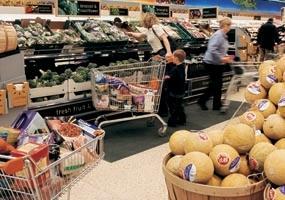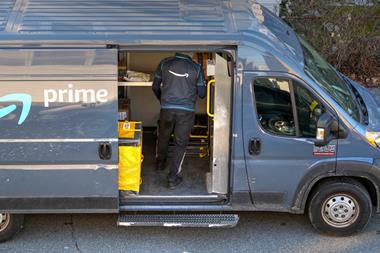Shop price inflation is at its lowest for nearly two years, falling to 1.2% in February from 1.4% in January, said the British Retail Consortium (BRC).
According to BRC-Nielson Shop Price Index data, the inflation figure has been driven down by non-food deflation of 0.7% - the first annual deflation in the category since November 2009 as retailers continue to promote offers and discounts.
Food inflation increased to 4.2% from 3.7% in January, driven by ambient food inflation, which soared to 5.6% from 4.7% in January, and increased transport costs.
With the Chancellor’s upcoming Budget in mind on March 21, BRC director general Stephen Robertson said: “When shop prices are up by just 1.2% there’s even less justification for the eye-watering 5.6% business rates rise planned for April. Reducing this huge hike in trading costs should be a priority for the Budget.”
Clothing and footwear deflation sped up in February to 5.3% from 4% in January. The recent news that India has banned exports of cotton will push commodity prices up but the BRC does not believe this will translate to higher prices in shops.
Prices on furniture and floorcoverings decelerated for the second month in a row, reaching 0.7% from 0.3% in January. But the category could see a welcome but fleeting boost in sales as the Bank of England reported an increase in mortgage approvals to a two-year high in January as people sought to take advantage of the stamp duty holiday before it finishes at the end of March.
Ambient food rose by 0.9 percentage points in February, while fresh food prices also inflated to their highest level since October 2011 reaching to 3.4% from 3% in January. According to the BRC, supermarkets have been unable to sustain the discounts and offers on products which have been in place since October, while they are also facing increasing distribution costs. Commodity prices have also begun to creep up since the start of 2012.
Nielsen senior manager of retailer services Mike Watkins explained: “The recent rise in oil prices and past rises in commodity prices had an impact on food inflation but non-food shop prices are falling, which reflects consumers’ unwillingness to spend as well as the year-ago increase in VAT coming out of the comparatives.”




























No comments yet